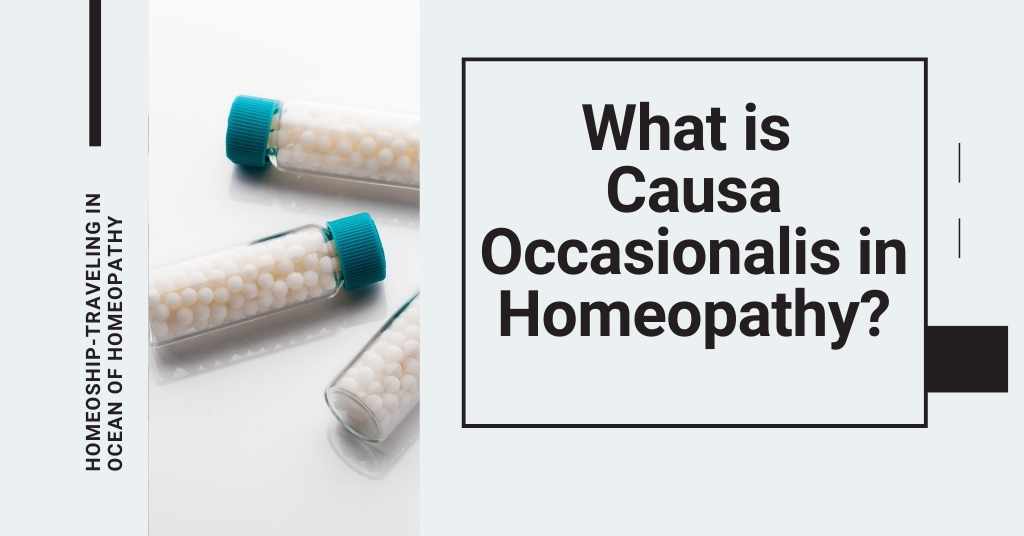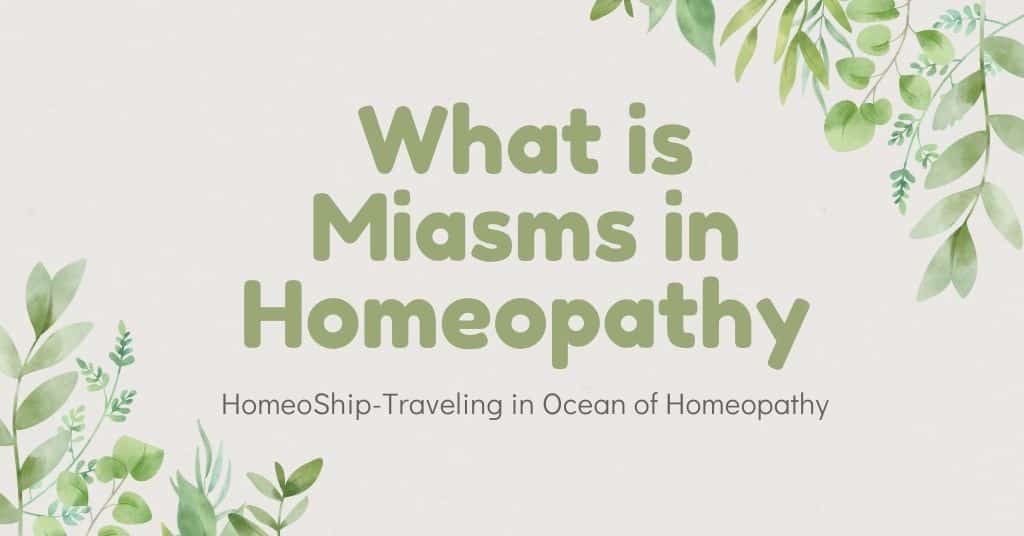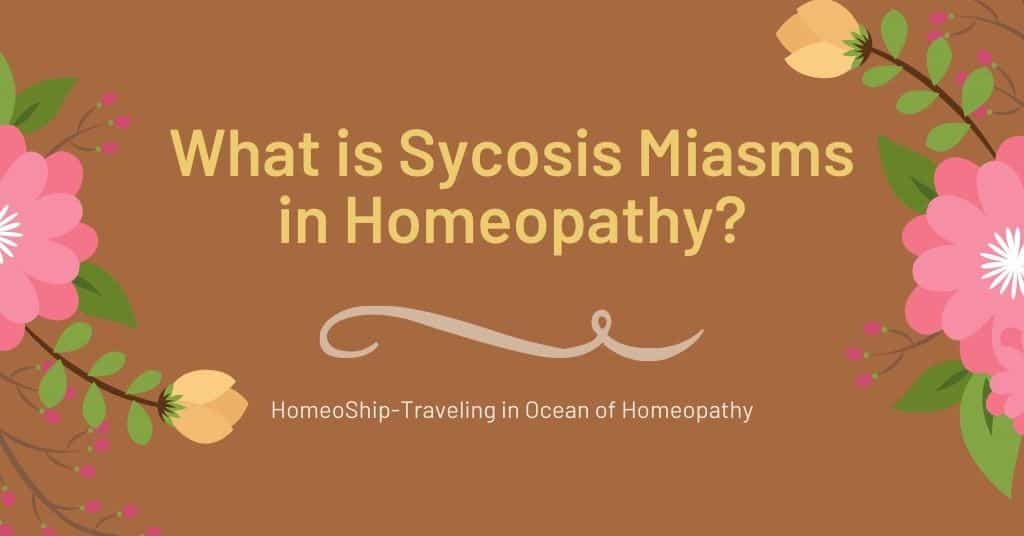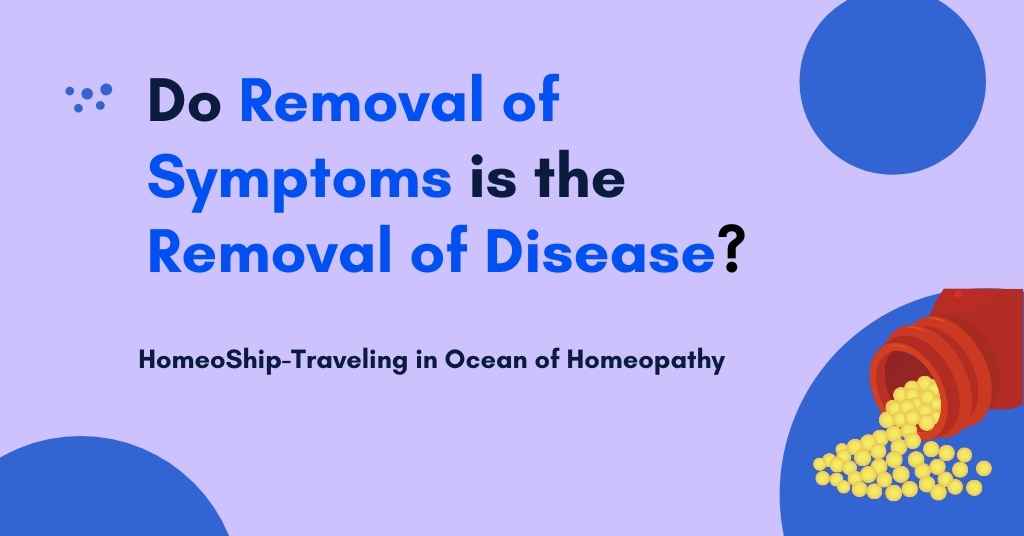Homeopathy is full of fascinating words, such as Causa occasionalis, which was used by Master Hahnemann to denote Exciting cause and Maintaining cause.
If we directly translate the word Cause Occasionalis it means occasional causes, but for a homoeopath, it means Exciting cause and Maintaining cause, which was described in aphorism 7 of the organon of medicine.
Maintaining causes
Maintaining causes produce, maintain, and prolong the disease process. They can also be grouped under ‘The obstacles to cure’. The maintaining cause is responsible for pseudo-chronic diseases (§75).To achieve the cure, this cause has to be removed from the patient and his life.
Maintaining cause can be simply understood as any avoidable harmful factor that can produce, nurture, and extend the disease condition.
A permanent cure is never possible if the maintaining cause is not removed as the disease will reoccur again and again, till the cause it not removed. Sometimes only the removal of maintaining causes is sufficient to restore the previous healthy state of body.

Exciting Cause
The exciting cause can be defined as the cause that excites and brings about acute suffering in a chronic case.
During the case-taking process, if a patient says “Since then” or “Since that incident I am not feeling well”, the physician has to consider that cause as the exciting cause that brought about this acute disease.
For example: if a patient says, “Last night I drenched myself in rain, since then I am having this runny nose.” Then it is clear that in this case “drenching in rain” acted as an “exciting cause” and caused acute disease.
Always remember exciting cause cannot trouble the patient unless the person is affected by the fundamental cause. So in conclusion, acute diseases are nothing but the temporary explosion of the fundamental cause “psora” because of the exciting cause.
Types of Exciting Cause
Exciting causes can be of various types. Fear, trauma, exposure to excess cold or heat, and excessive eating may also act as exciting cause.
They can be classified into 4 types:
- Physical exciting causes: Physical and environmental conditions come under this heading. Like exposure to excess heat or cold, thunderstorms, intake of excess or lack of food, etc.
- Mechanical exciting cause: Damages caused by physical trauma come under this heading. Examples: injuries, accidents, burns and insect bites, etc.
- Nervous exciting cause: Psychological reasons like fear, shock, jealousy, grief and overjoy, etc all under this category.
- Hygienic exciting causes: Food poisoning, pollution, and lack of personal and social hygiene come in this group.
Example of Causa Occasionalis:
(It includes both the example of mainting and exciting cause)
- If a cigar or tobacco smoker is suffering from a persistent cough, it can be termed as the smoker’s cough. The treatment for this will be to stop smoking immediately. Smoking in this case is the mainting cause. Unless he stops smoking we cannot be assured of his improvement.
- Malnutrition or an insufficient food supply and improper nutrition can be corrected with a balanced diet and nutrients.
- Prolonged abstinence or not taking things that are necessary for the maintenance of life. Most of the deficiency disorders can be considered under this group.
- In § 75, Hahnemann adds some more examples like habits of taking liquors or any kind of dissipations.
- Residing in unhealthy or marshy localities. This condition will be responsible for so many health hazards in such patients. Patients in such areas are deprived of proper sanitation and air, which hinders the action of the well-selected homoeopathic remedy.
- Deprivation of exercise and open air.
- Over-exertion of the body and living in constant mental and physical strain.
- All occupational disorders can be grouped under this heading. When an industrial worker is exposed to physical, chemical, mechanical, and psychological hazards constantly, occupational diseases may occur. The diseases like silicosis, and byssinosis (due to inhalation of cotton dust) are due to repeated exposure to industrial dust.
The only way to control silicosis is by rigorous dust control measures. This is nothing but removing the maintaining cause. There is no effective treatment for this disease. In a given case if exciting and maintaining causes are identified, a physician can easily cure the case by removing these causes.
Also Read:
- What is a Simple Substance in Homeopathy?
- How to Become a True Preserver of Health?
- What is Diathesis in Homeopathy?
But in some cases, these causes cannot be found despite thorough investigations, and then the physician has to depend entirely on the existing symptoms in that case. This symptom present in the patient in physical, mental, and spiritual planes is collectively called the Totality of symptoms. Because a homoeopath considers man as a whole, both body and the vital force, the totality of symptoms have to be collected as a whole. The totality of the symptom is the only guide to curing the suffering.
Follow us on youtube.com, & Check out our latest videos. Thank you.



